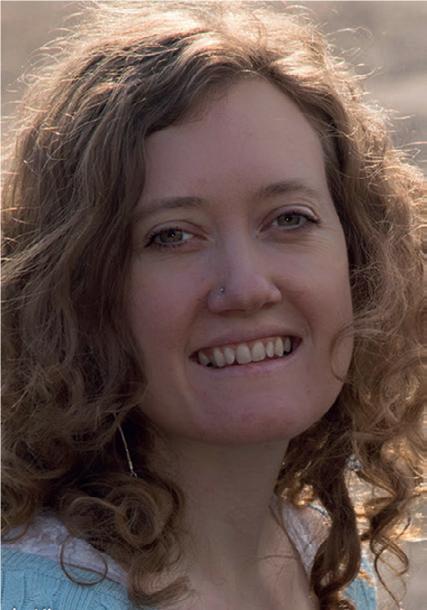Form an investigative agency as a class and use your findings to write spooky sound poems based on The Wolves in the Walls by Neil Gaiman and The Sound Collector by Roger McGough…
Getting children to write great poetry can sometimes be a bit hit-and-miss. However, if you give them a clear framework and a fun hook, it can be a really rewarding experience.
This lesson, great for National Poetry Day, shows how to combine a well-known poem with a fantastic picture book to offer children a language-rich stimulus that will enable them to write their own successful piece of poetry.
Exploring the language features of both texts in depth before writing will ensure a high-quality, imaginative outcome for students.
What they’ll learn
- Identify the features of a poem
- Select words carefully to create a particular effect
- Create a poem based on a familiar structure
- Perform a poem with added sound effects
Starter activity
Begin by reading The Sound Collector by Roger McGough. Children will need to be familiar with the structure of the poem before they write their own. Help them explore the number of lines per verse, the number of syllables per line and the rhyme scheme.
Look closely at the repeating pattern of present tense verbs and nouns. Discuss how the spooky atmosphere is created through language choice (‘stranger’, ‘black’), the idea of losing sounds and McGough’s tone and body language. Once they know it well, they’ll be ready to write their own versions.
What is The Wolves in the Walls?
The Wolves in the Walls by Neil Gaiman is a brilliant, creepy story. It provides a great context for the children’s own poems.
Start by reading up to ‘”Everybody knows,” said her brother’. Talk about all the sounds Lucy can hear. Link the present tense verbs back to the ones in The Sound Collector.
Introduce the idea of helping Lucy investigate the sounds in the walls by becoming a company called the Soundbusters. Opening up this imaginary situation is highly engaging and gives children a strong purpose for their writing.
Abby King has worked in KS1 and 2 and currently teaches at an inner-city primary school in Birmingham. Browse more KS2 poetry resources.

Similar resources
- No Refuge – Graphic novel activities about refugees for UKS2
- Short story writing – Author-led resources for KS1 and KS2
- Christmas activity sheets – KS1 / KS2 fun & educational printables
- Learning gaps – How to ensure no pupil drifts too far
- Writing horror – Write a scary scene with Fear Files: Hide & Seek










